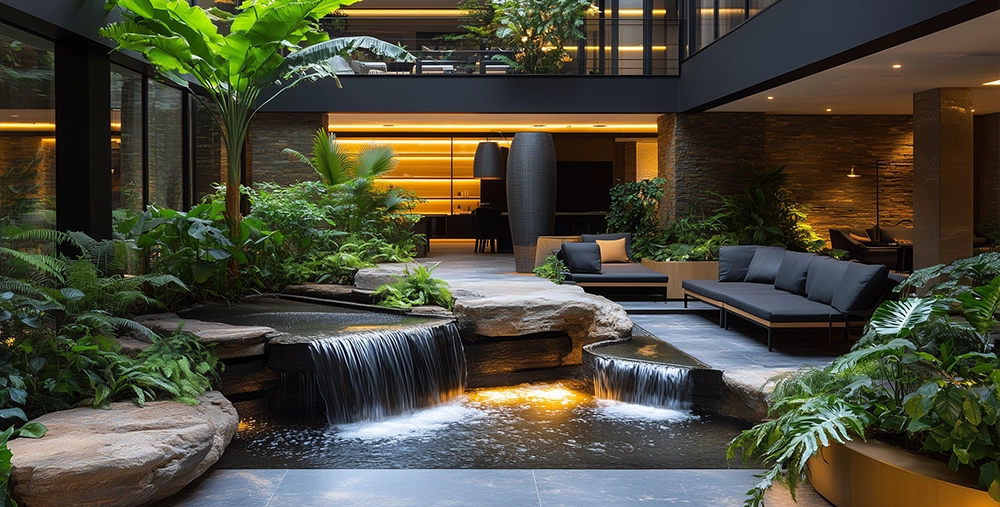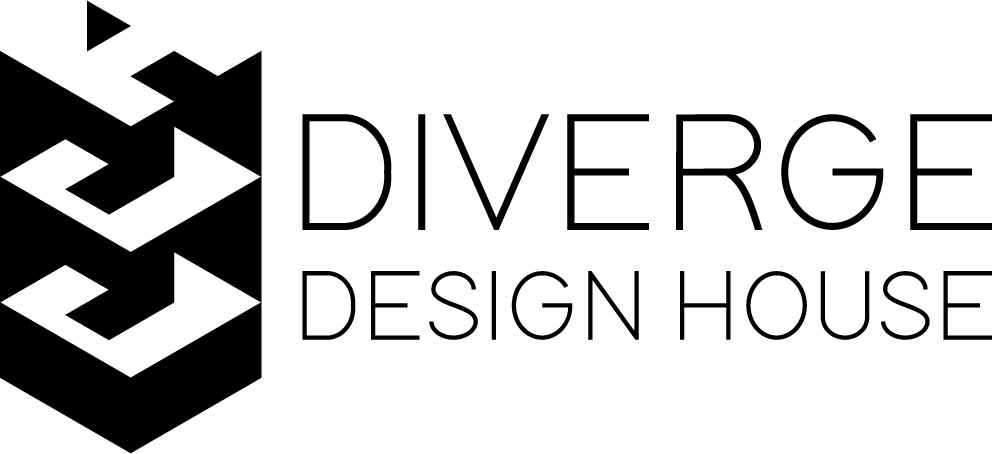Eco-Friendly Interiors: Sustainable Choices for the Conscious Consumer

Introduction
Sustainability is more than a trend; it’s an imperative that’s shaping the future of design. With climate change and resource depletion as pressing issues, today’s consumers are seeking eco-friendly interiors that respect both people and the planet. From sustainable materials to energy-efficient solutions, sustainable design is transforming modern interiors, ensuring that beauty and environmental responsibility go hand-in-hand.
Sustainable Design Practices to Consider
1. Recycled and Upcycled Materials
Recycled and upcycled materials are a cornerstone of eco-friendly interiors, conserving resources while adding unique, story-rich character to spaces. Whether it’s reclaimed wood, recycled metal, or furniture made from post-consumer waste, these materials represent a commitment to reducing environmental impact.
2. Energy-Efficient Lighting Solutions
Lighting plays a major role in any interior’s energy footprint. By using LED lights and smart lighting systems that adjust based on natural daylight, designers are creating energy-efficient spaces that don’t compromise on style. In 2025, this trend will continue, with smart systems that optimize energy use seamlessly integrated into interiors.
3. Non-Toxic, Eco-Friendly Paints and Finishes
Traditional paints and finishes can contain harmful VOCs (volatile organic compounds) that impact indoor air quality. Eco-friendly paints, by contrast, are non-toxic and VOC-free, offering a safer, healthier alternative. Choosing non-toxic paints is one of the simplest ways to create a more sustainable, health-conscious space.
4. Sustainable Furnishings and Decor
From bamboo furniture to organic textiles, sustainable furnishings offer a blend of aesthetic appeal and ethical responsibility. Eco-friendly decor is now available in various styles, providing consumers with options that reflect their values without sacrificing design.
The Future of Eco-Friendly Interiors: Circular Economy and Waste Reduction
A circular economy approach, where materials are reused, repurposed, or recycled, is becoming the new standard in sustainable design. Waste reduction is a priority, with designers exploring ways to extend the lifecycle of every product within a space. This future-focused approach means that interiors are designed to remain functional and timeless, reducing the need for frequent replacements.
Conclusion
Eco-friendly interiors represent a necessary shift towards environmental responsibility. In 2025, the movement towards sustainable design is more than just a trend—it’s a commitment to creating spaces that leave a positive impact. A truly beautiful space is one that respects the earth and fosters well-being for generations to come.

